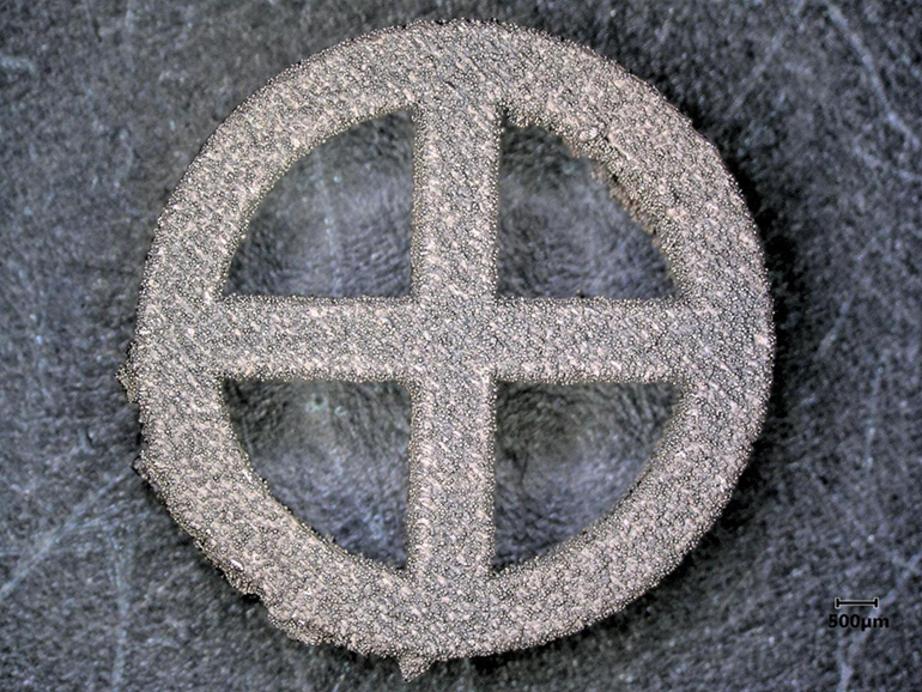Diamond-coated 3D printed materials for improved medical implants
Scientists at RMIT University in Australia have developed a new technique that allows them to coat 3D printed titanium objects with a layer of diamonds. The coating results in improved properties for medical implants, such as reduced bacterial attachment, enhanced proliferation of mammalian cells, and increased integration with living bone tissue.
3D printing is hugely promising in helping clinicians to produce patient-specific medical implants rapidly and cheaply. “With 3D printing we can design patient specific implants of medical grade,” said Aaqil Rifai, a researcher involved in the study. “The technology is fast, accurate, reliable and saves time.”
One of the most common materials for various implants is titanium, but some patients do not tolerate this material very well. “Currently the gold standard for medical implants is titanium but too often titanium implants don’t interact with our bodies the way we need them to,” said Kate Fox, another researcher involved in the study.
This research team has previously developed a way to 3D print titanium scaffolds, for use as medical implants. However, in this latest study they have developed a new method to coat the implants in a carbon-based material normally associated more with jewelry than with medicine – diamonds. “Carbon has an incredible level of biocompatibility,” said Rifai. “Our body readily accepts and thrives off diamond as a platform for complex material interfacing.”
The researchers used a microwave plasma process to incorporate a diamond layer on the 3D-printed titanium scaffolds. The diamonds are synthetic, and cost less than the titanium powder. Since introducing the diamond layer, the researchers have observed a number of improvements in the properties of the materials.
“This coating not only promotes better cellular attachment to the underlying diamond-titanium layer, but encouraged the proliferation of mammalian cells,” said Fox. “The diamond enhances the integration between the living bone and the artificial implant, and reduces bacterial attachment over an extended period of time. Not only could our diamond coating lead to better biocompatibility for 3D-printed implants, but it could also improve their wear and resistance. It’s an exceptional biomaterial.”
Study in Applied Materials and Interfaces: Polycrystalline Diamond Coating of Additively Manufactured Titanium for Biomedical Applications
For full references please use source link below.

